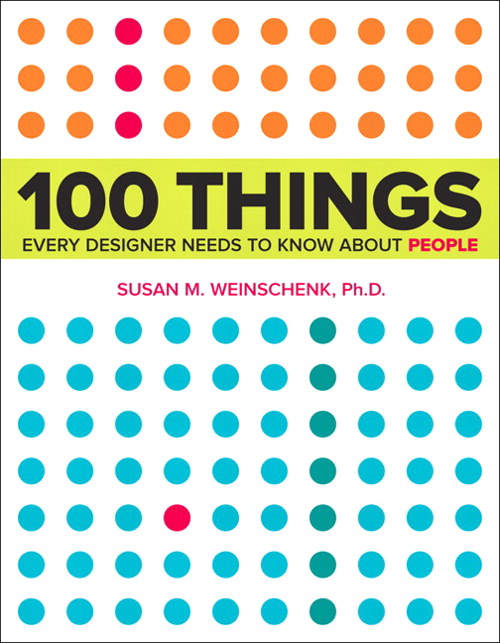I had planned to write a detailed post on skeuomorphism, but then Scientific American beat me to the punch with
this article that sums up a lot of what I was thinking. So, instead, I'm going to write post on what I feel the article left out. Your pre-work is clearly to go read the article if you haven't already... don't worry, I'll still be here.
...
Good. Now we're all on the same page.
Here's the thing: I don't believe skeuomorphism is inherently bad design. Think about things like the Trash or Recycling Bin on a computer. Even to the biggest technophobe its purpose is instantly understood. That's good design at its finest.
 |
| Even my dad knows what this does. That's a miracle. |
Skeuomorphism works, I mean REALLY works, when it's being used to acquaint people to something new by using the look and feel of something they already know. It's also good for triggering the emotions people have about the product it's replacing (I know not everyone feels this way, but the page turn effect in iBooks always triggers that love I have for the traditional paper book experience). Finally, when done right, it sometimes just looks cool.
But when skeuomorphism goes bad, boy is it ever terrible. Some people make the mistake of seeing it as the pinnacle of design when in reality it's just one of a myriad of great options that should only be picked if it's the right tool for the specific task you're trying to accomplish.
As I see it, there are two main ways people tend to shoot themselves in the foot with skeuomorphism:
1) Form over function
I'm all for designing things that are attractive, but the job of great design is to make sure that the beauty of the thing you're designing doesn't interfere with the functionality of what it's actually supposed to do.
Here's a hypothetical example. Let's imagine someone designed a delightful phone app that both resembled and functioned like an old rotary phone.
 |
| Man, does looking at this thing make me feel old. |
Great. Rotary phones have a certain charm to their look and a fun retro appeal... Where's the problem?
The problem is functionality. Who here remembers how slow it was to dial on them? It was painful how long it took to dial a simple number (and heaven help you if you had to make an international call). This is an instance where there was a distinct reason phones with a touchpad took over, and also distinct reason the touchpad design is what smartphone makers decided to emulate for phone apps. It's a noticeably faster and more efficient experience.
While the design of a skeuomorphic rotary phone app could be stunning to behold, the actual user experience would be so much worse than the alternatives that most people would reject it. Form over function is
always bad design.
2) Forgetting that just because it looks like a real thing doesn't mean that it isn't also hideous
And here's the real problem with Apple's recent attempts at skeuomorphism. Apple is a company that for years had been known for being on the cutting edge of sleek and sophisticated design. Then they gave us this:
 |
| Ugg! My Eyes! The horror! |
And people flipped out. The colour... the faux leather... the terrible fake stitching. This was some deeply ugly stuff coming out of Apple for the first time in a very long time, and the aspects about it that were so painful were the ones associated with skeuomorphic design.
Because of this, a large number of people concluded that skeuomorphism was inherently a bad design choice. However, I'd argue that this proves no such thing. The
real problem here is that the designers phoned in the look and feel of the newer Apple designs, depending on the misguided idea that simply following the principles of skeuomorphism would make something that looked great.
Look, there is no magic formula for design. Give me any design principle you can think of, and I'm sure I can find you plenty of instances when people have made a fugly mess while using it. Apple made the mistake of being so focused on replicating the look and feel of a leather notebook that they forgot to check to see if said leather notebook was actually attractive.
It wasn't.
That's not a problem of skeuomorphism, it's just pure bad design, and unfortunately it's given skeuomorphism a bit of a bad rap.
So that's my take on the whole
skeuomorphism issue. I'd love to get your opinions on it. Also, it would be fun to get some additional examples of times you've seen it done either brilliantly or painfully poorly.



